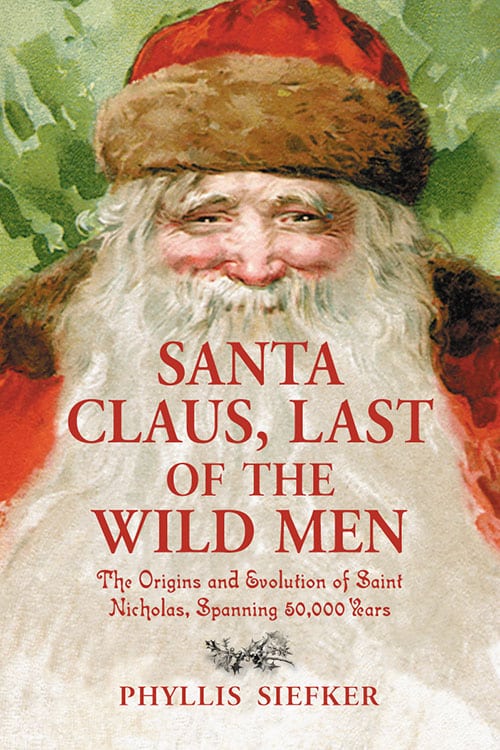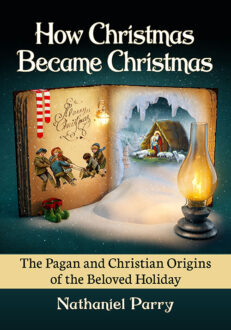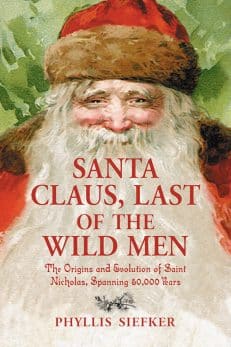Santa Claus, Last of the Wild Men
The Origins and Evolution of Saint Nicholas, Spanning 50,000 Years
$19.99
In stock
About the Book
Much of the modern-day vision of Santa Claus is owed to the Clement Moore poem “The Night Before Christmas.” His description of Saint Nicholas personified the “jolly old elf” known to millions of children throughout the world. However, far from being the offshoot of Saint Nicholas of Turkey, Santa Claus is the last of a long line of what scholars call “Wild Men” who were worshipped in ancient European fertility rites and came to America through Pennsylvania’s Germans. This pagan creature is described from prehistoric times through his various forms—Robin Hood, The Fool, Harlequin, Satan and Robin Goodfellow—into today’s carnival and Christmas scenes. In this thoroughly researched work, the origins of Santa Claus are found to stretch back over 50,000 years, jolting the foundation of Christian myths about the jolly old elf. Instructors considering this book for use in a course may request an examination copy here
About the Author(s)
Bibliographic Details
Phyllis Siefker
Format: softcover (6 x 9)
Pages: 227
Bibliographic Info: 80 photos, bibliography, index
Copyright Date: 2006 [1997]
pISBN: 978-0-7864-2958-5
Imprint: McFarland
Table of Contents
Preface 1
“A Visit from Saint Nicholas” 3
Introduction 5
1 I Knew in a Moment It Must Be Saint Nick 7
2 His Clothes Were All Tarnished with Ashes and Soot 17
3 He Was Dressed All in Fur from His Head to His Foot 39
4 Satan Dons Furs 65
5 Merrie Olde England: From Pagan to Puck 79
6 When Out on the Lawn There Arose Such a Clatter 107
7 On Board the Ship of Fools 123
8 European Gift-Givers 155
9 A Right Jolly Old Elf 165
10 The Fairy and the Wild Man 191
Bibliography 207
Index 215
Book Reviews & Awards
- “Gripping…studies as rich as this are few and far between. Let the kids have their sanitized Santa, when they are a bit older they can scare themselves shitless reading this wonderful, dangerous book”—Fortean Times
- “Diligent research…. The excellent study, with many rare illustrations (b/w), will be of great interest to folklorists and other researchers and storytellers”—Come-All-Ye






